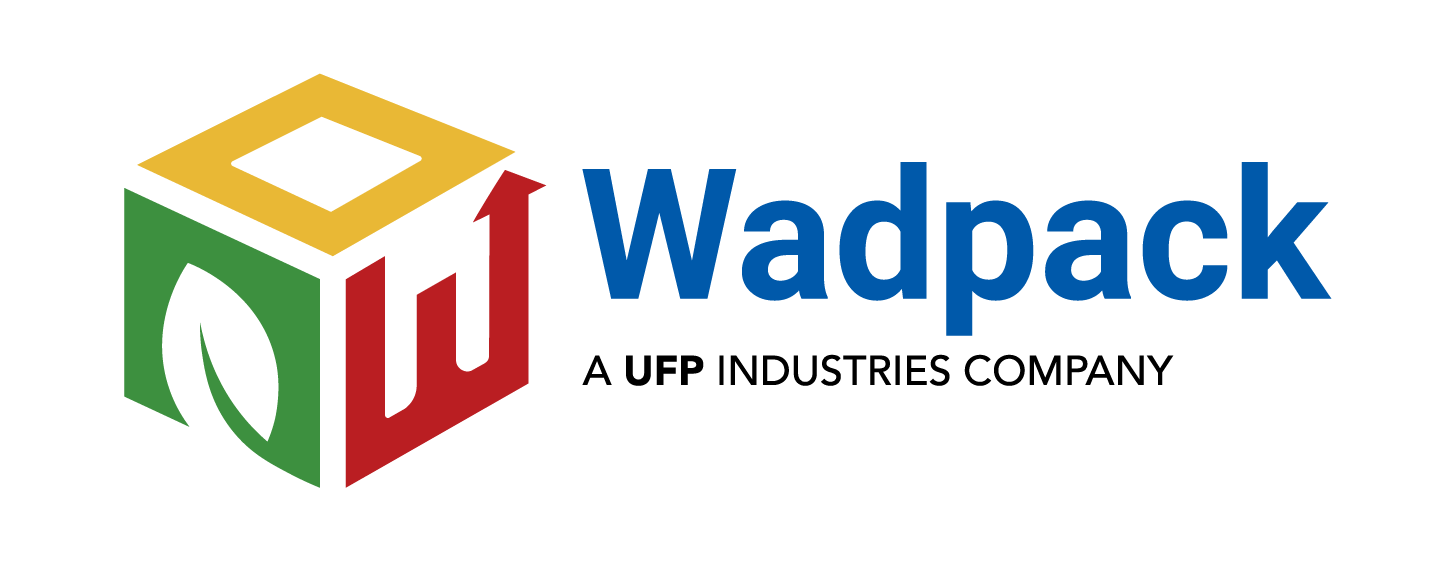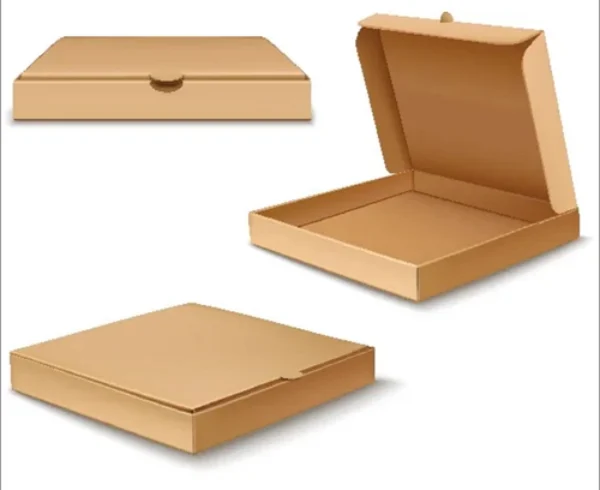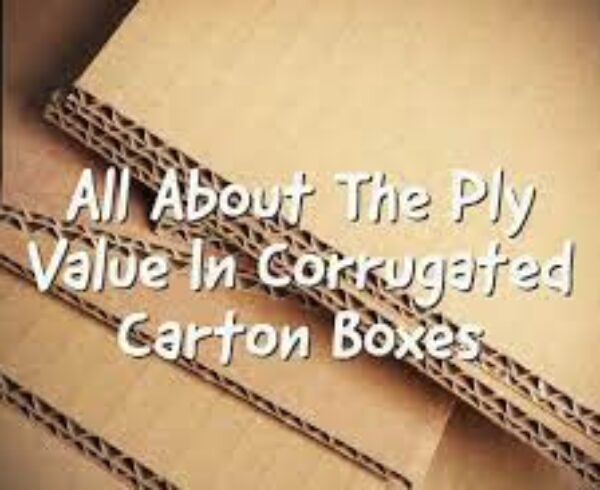Making a Selection Between Raster and Vector for Packaging
 When it comes to packaging design, choosing between raster and vector graphics can have a significant impact on the final outcome. Both raster and vector formats have their strengths and weaknesses, and understanding the characteristics of each can help you make an informed decision based on your specific needs.
When it comes to packaging design, choosing between raster and vector graphics can have a significant impact on the final outcome. Both raster and vector formats have their strengths and weaknesses, and understanding the characteristics of each can help you make an informed decision based on your specific needs.
Raster graphics are made up of a grid of pixels, each having a specific color value. Common raster file formats include JPEG, PNG, and GIF. These formats are widely used for digital images and photographs. Raster graphics excel at representing complex details, textures, and gradients, making them ideal for realistic product visuals. They are resolution-dependent, meaning that their quality is determined by the number of pixels per inch (PPI) or dots per inch (DPI). When you zoom in on a raster image, you can see individual pixels, and enlarging a raster image beyond its original size can result in pixelation, causing the image to appear blurry or jagged.
On the other hand, vector graphics are composed of mathematical paths and shapes. Formats such as EPS, AI, and PDF are commonly used for vector graphics. Unlike raster images, vectors are resolution-independent, meaning they can be scaled up or down without any loss in quality. Vector graphics are created using points, lines, curves, and mathematical formulas, allowing for precise and smooth shapes. They are best suited for logos, icons, and text-based elements, as they can be easily resized, edited, and manipulated without sacrificing image quality.
Now, let’s explore the factors that can help you decide between raster and vector graphics for packaging design:
- Image Complexity: If your packaging design relies heavily on intricate details, textures, and realistic imagery, raster graphics may be the better choice. Raster graphics can capture the subtleties of shadows, gradients, and color variations, resulting in high-quality visuals that closely resemble real-life objects.
- Scalability: Consider the scale at which your packaging design will be reproduced. If you anticipate the need to resize the design frequently, vector graphics offer significant advantages. They can be scaled up or down to any size without losing quality, ensuring your design remains sharp and crisp at different dimensions.
- Printing Method: Understanding the printing process is crucial for making the right choice. If your packaging will be printed using offset printing, which requires high-resolution images, raster graphics are recommended. However, if your packaging will be printed using techniques such as flexography or screen printing, vector graphics are more suitable, as they can be easily converted to the necessary format and maintain their quality at various sizes.
- File Size and Storage: Raster graphics tend to have larger file sizes, especially when working with high-resolution images. This can impact storage capacity and file transfer times. If file size is a concern, vector graphics are advantageous as they are typically smaller in size.
- Editing and Adaptability: If you anticipate the need to modify or update your packaging design frequently, vector graphics offer greater flexibility. They can be easily edited, allowing you to make changes to colors, shapes, and text quickly. With raster graphics, making significant modifications may require recreating or editing individual elements, which can be time-consuming.
- Brand Consistency: If you have an established brand identity with specific colors, fonts, and shapes, using vector graphics can ensure consistency across various applications. Vector graphics allow for precise control over shapes and text, making it easier to match your brand guidelines accurately.
- Time and Budget: Consider the timeline and budget for your packaging design project. Raster graphics may require more time and resources for creating intricate details and achieving the desired visual effects. Vector graphics, on the other hand, can be created more efficiently, especially for simpler and geometric designs.
In conclusion, selecting between raster and vector graphics for packaging design depends on several factors such as image complexity, scalability, printing method, file size, editing needs, brand consistency, and project timeline. In many cases, a combination of both raster and vector graphics may be the optimal solution. By understanding the strengths and weaknesses of each format and assessing your specific requirements, you can make an informed decision that aligns with your packaging design goals.




Leave a Comment